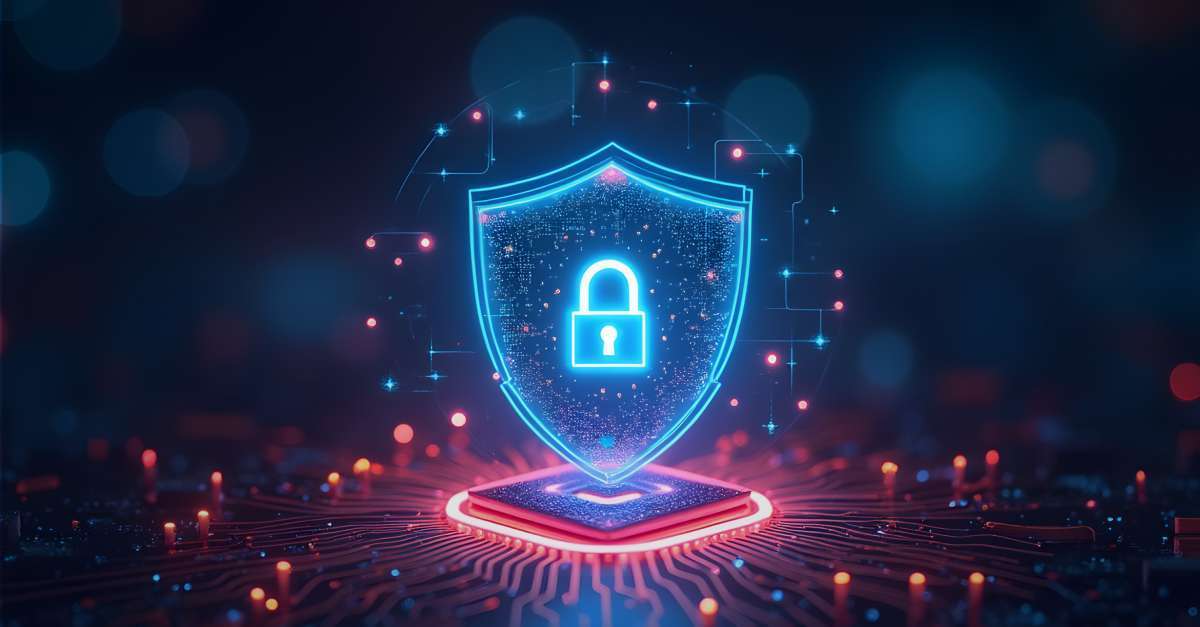2025 Healthcare IT Network Resilience Benchmark
With 91% of enterprises making network resilience a board-level issue, healthcare stands out. Learn why providers see resilience as both a strategic imperative and a patient safety mandate.
Melissa Rother, Director, Solutions Marketing










